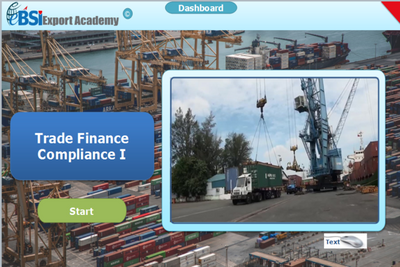Is the LC Available?

There are a number of letter of credit issues that by the users (importers and exporters) are considered “banking issues” – i.e. of no real relevance for them. One of those issues is “availability” i.e. where and up till when the letter of credit is available. This is an issue often discussed within the banking community – and following those discussions one may in fact get the impression that this is only a banking Issue.
These discussions will normally circle around the question on whether or not the nominated or advising bank is “protected” by the letter of credit rules – i.e. if the bank issuing the letter of credit has an independent obligation to pay or reimburse the advising or nominated bank.
In these discussions there is however one element often forgotten – and that is the position of the exporter; the beneficiary to the letter of credit. What the exporter is normally being told is that it is important that the documents are made in a way so that they comply with the terms and conditions of the letter of credit. There is however another element – equally important – and that is where and when to present the documents – in order to trigger the obligation of the issuing bank – and the confirming bank – if the credit is confirmed.
The letter of credit rules (UCP 600) is quite clear in saying that a bank issuing a letter of credit is obligated to honour (i.e. pay according to the terms of the credit) provided the stipulated documents are presented to the nominated bank or to the issuing bank and that they constitute a complying presentation.
Now – why is that so important? Is it not always the case that the exporters bank is a “nominated bank”?No! it is not so – UCP 600 sub-article 6(a) states that a “…credit must state the bank with which it is available or whether it is available with any bank…”.
This means for example that it may be available only with the issuing bank – and place of expiry of the letter of credit may be at the issuing bank – i.e. often located in the country of the importer. Such structure of the letter credit has two main consequences from the perspective of the exporter:
- The exporter’s bank is not nominated to act under the letter of credit – meaning that such bank would in most cases be reluctant to take on any kind of obligation – like effecting prompt settlement.
- The risk of document being lost – or just delayed – in transit before reaching the issuing bank lies with the exporter.
Or in other words: a formal presentation according to the letter of credit rules has only been made when the documents reaches the counters of the issuing bank where the letter of credit is available.
The difference here compared to the situation where the exporter’s bank is nominated to act under the credit is significant.
Here are the key differences:
- The obligation of the issuing bank is “triggered” once a complying presentation is made to the nominated bank (and that bank accepts to e.g. forward the documents to the issuing bank) – regardless if that bank has chosen to act under the credit(e.g. pay). This means also that such bank will often be prepared to offer additional services like paying the exporter before having received the funds from the issuing bank.
- The risk of documents being lost or delayed in transit lies with the issuing bank (assuming that a complying presentation has been made).
For that reason it is very important that the exporter carefully checks the letter of credit to determine with which bank it is available and when and where it expires.
It should also be noted that a “.. credit available with a nominated bank is also available with the issuing bank” – meaning that the beneficiary always has the option to present the documents directly to the issuing bank. Such option is only rarely used – but may be convenient where for example the nominated bank is closed for force majeure reasons. In that case it is important to note that the documents must still be at the issuing bank on or before the time limits set by the credit.
Ending this I will share with you a real case that is not unlike many letters of credit being issued today:
In this case the credit has been structured in such a way that documents may be delivered to a bank in China. However no bank in China is nominated to act under this credit – as it is only available with the issuing bank in Italy. Such structure is not in line with the UCP 600 – and may be labeled “ambiguous”.
This structure however may work well in many cases – but from the perspective of the exporter it is important to observe that no formal presentation has been made when the documents are delivered in China – even where such delivery is timely. So for example where the documents are lost in transit between the bank in China and the bank in Italy – that risk lies with the exporter.
Consequently before accepting such letter of credit the exporter should carefully consider the (additional) risk elements involved – and decide whether or not (s)he is willing to accept these risks.






